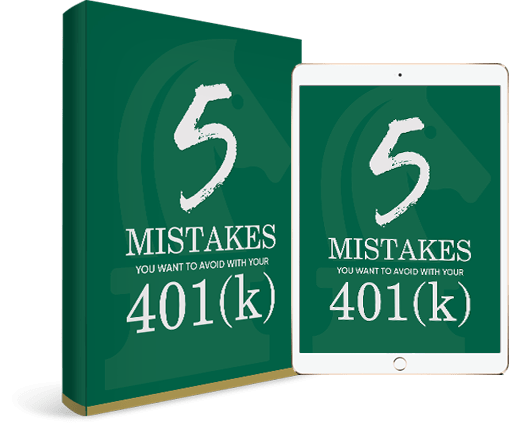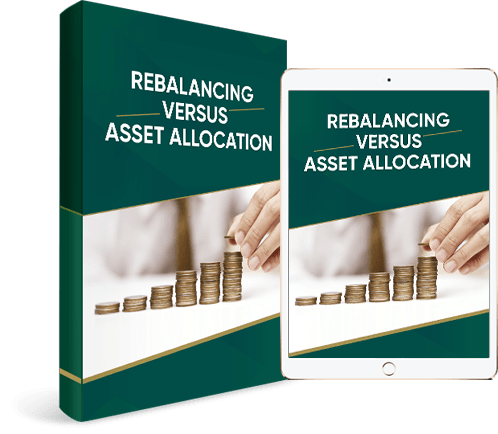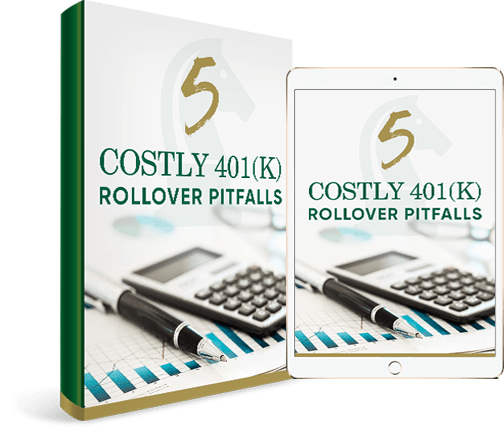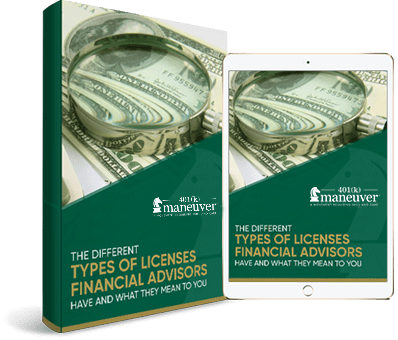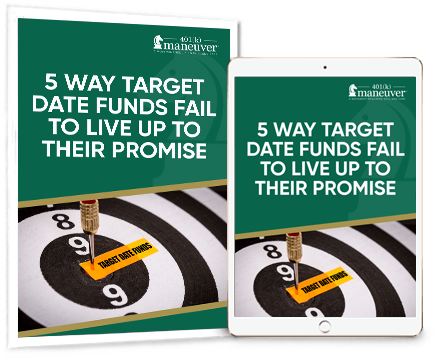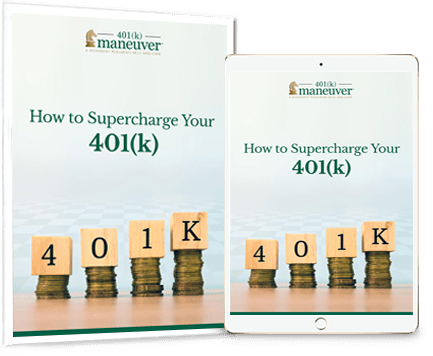
401(k) Mistakes to Avoid in Your 40s and 50s
Your 40s and 50s are often the prime years for building wealth, but too many people may make avoidable mistakes with their 401(k)s – mistakes that could cost them in retirement.
Whether it’s not saving enough, ignoring market shifts, or borrowing from your future, these missteps can add up fast.
The good news?
It’s normally never too late to change course.
Keep reading to learn the top 401(k) mistakes and how you may be able to fix them before retirement sneaks up on you.
#1 Not Increasing Contributions during Peak Earning Years

Your 40s and 50s are often your highest-earning years, yet many people fail to take full advantage of this time to ramp up their retirement savings.
Whether it’s due to lifestyle inflation, debt, or simply not prioritizing retirement contributions, missing this window may potentially lead to a shortfall in your 401(k) savings.
For 2025, the 401(k) contribution limit is $23,500.
For workers aged 50 and older, the catch-up contribution is $7,500, allowing a total contribution of $31,000.
How much you can realistically contribute depends on factors like income, expenses, and debt.
But if you’re in your peak earning years, now may be the time to maximize contributions and take advantage of tax-deferred growth.
If hitting the contribution limit feels out of reach, look for ways to free up extra cash:
- Cut back on nonessential spending.
- Postpone large discretionary purchases.
- Consider picking up a side hustle to increase income.
Every extra dollar you contribute now could make a big difference in your retirement future.
The goal we recommend is to get as close to the contribution limit as possible while balancing your financial situation today.
#2 Assuming Employer Contributions Are Enough

Employer matching contributions are a great perk – they’re essentially free money for your retirement.
But if you’re only contributing enough to get the match and nothing more, you could be setting yourself up for a retirement shortfall.
To maximize your retirement savings, consider increasing your personal contributions beyond just what’s needed for the match.
The more you put in now, the more time your money has to grow, and the less you may have to worry about playing catch-up later.
Your future retirement income depends on what you contribute just as much – if not more than –what your employer provides.
[Related Read: 4 Ways to Potentially Maximize Your 401(k) Company Match]
#3 Ignoring Catch-Up Contributions

If you’re 50 or older, you have a unique opportunity to supercharge your retirement savings.
Once you hit 50, the IRS allows you to contribute extra to your 401(k) through catch-up contributions.
For 2025, the standard 401(k) contribution limit is $23,500, but if you’re 50 or older, you can contribute an additional $7,500, bringing your total possible contribution to $31,000.
This extra savings boost could potentially make a difference in your retirement nest egg – especially if you’ve fallen behind or want to build a larger financial cushion.
Don’t leave money on the table. Take full advantage of catch-up contributions while you are allowed to.
#4 Failing to Rebalance

Market fluctuations may cause your portfolio to become unbalanced over time, with some investments outpacing others.
The investments you initially chose to help you meet your retirement goals – whether that was 2 years ago or 2 months ago – may no longer be the best alternatives for you now or be aligned with your retirement goals.
This is why we recommend you regularly review and rebalance your portfolio.
Rebalancing is the process of realigning the weightings of the assets (your investments) in the portfolio. This can involve periodically buying and/or selling assets in the portfolio in order to maintain the initial desired level of asset allocation.
It’s typically not enough to just rebalance. With professional help, consider rebalancing based on the current economic and market trends rather than just realigning allocations.
#5 Taking 401(k) Loans for Nonemergencies

Borrowing from your 401(k) might seem like an easy way to cover expenses, but using your retirement savings as a personal bank may come with serious financial setbacks.
A December 2023 report revealed that more Americans are turning to 401(k) loans, with 138,000 people borrowing an average of $10,778 in just one quarter.¹
Rising costs and financial stress are pushing many to dip into their retirement funds.
But when you take out a 401(k) loan, you’re borrowing from your future.
Even though you’re required to pay it back with interest, you are most likely missing out on growth. For example, if you left $75,000 in your 401(k) untouched for 15 years with a 6% return, it could grow to nearly $179,741. Taking a loan disrupts this growth potential.
Another major risk?
Losing your job while you have an outstanding loan.
If this happens, you typically have until the tax deadline of the following year to pay back the full balance.
If you can’t, the unpaid amount is treated as an early withdrawal – meaning you may owe income taxes and a 10% penalty if you’re under 59½.
Before considering a 401(k) loan, explore other options like cutting expenses or seeking financial advice.
Your future self may thank you for keeping your retirement savings intact.
[Related Read: How a 401(k) Loan Could Derail Your Retirement Goals]
#6 Delaying Retirement Planning Until It’s Too Late

Many people put off saving for retirement, thinking they’ll “catch up” later.
But waiting until your late 50s to get serious about retirement savings may make it much harder to build the nest egg you need.
Time is one of the most powerful tools in retirement planning.
The earlier you start, the more you may be able to take advantage of compound growth, which allows your savings to grow exponentially over time.
The later you start, the more you have to rely on larger contributions – and that can be tough when you’re juggling mortgage payments, healthcare costs, and other financial obligations.
#7 Not Getting Professional Advice

If you’d like to take control of your financial future and potentially have more income at retirement, we strongly suggest getting third-party advice.
If you’re hesitant to reach out for advice because you think your account balance isn’t big enough, or you think you’re too close to retirement to get help, don’t let that stop you!
401(k) Maneuver provides professional account management with the goal to help you grow and protect your 401(k).
Our goal is to increase your account performance over time, manage downside risk to minimize losses, and reduce fees that harm your account performance.
There are no time-consuming in-person meetings and nothing new to learn, and you don’t have to move your account.
Simply connect your account to our secure platform, and we regularly review and rebalance your account for you, when necessary. Check here to learn more about how it works.
If you have questions about your 401(k) or if you need help, we’re here for you. Click below to book a complimentary 15-minute 401(k) Strategy Session.
SOURCES:
- https://www.cnbc.com/2023/12/10/more-americans-take-401k-loans-an-indicator-of-financial-stress.html



